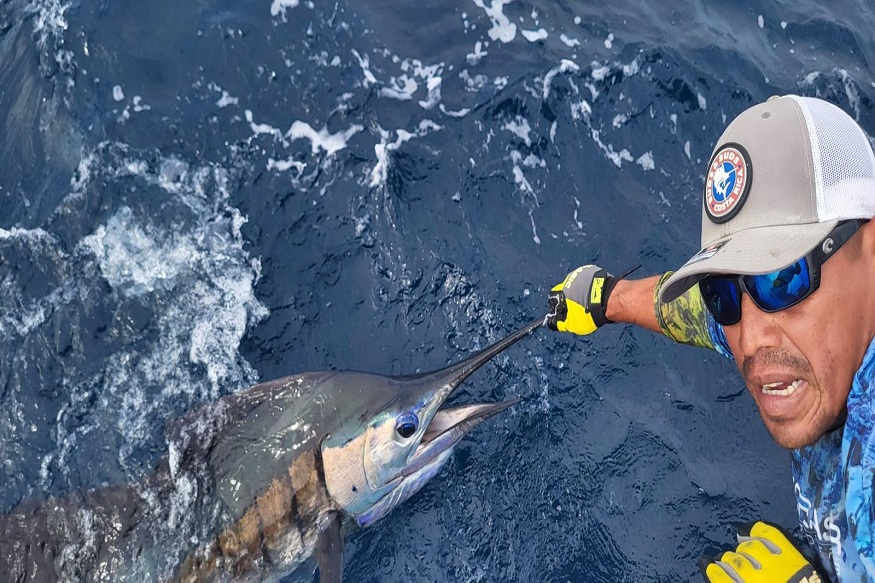Sportfishing in Costa Rica is a full-day deal. The dock is quiet at dawn, save for the hum of diesel engines and the shuffle of crews prepping gear. The sky hung low with that early-morning haze only the Pacific seemed to know. Somewhere offshore, the sailfish were already moving.
Sportfishing in Costa Rica doesn’t ease into the day. It starts early, runs hard, and waits for no one. If it’s your first time, here’s what you’ll want to know, so the whole thing feels less like gambling and more like the trip you hoped for.
You’re Going to Be Up Early
Most boats leave between 6 and 7 AM. The water is calmer, the fish are biting, and you’ll want every bit of daylight. Dress for sun and salt. Bring snacks, sunscreen, and a good hat. The sun hits early and hard.
Expect a Run Offshore
Depending on the marina, it takes anywhere from 30 minutes to over an hour to hit the bluewater zones where sailfish and marlin feed. You’ll troll with a spread of teasers and bait. The crew watches the water while you hang tight for the strike.
You Don’t Need to Be an Expert
Most first-timers don’t know how to bait a hook or read a spread. That’s why you hire a crew. They run the rods, watch the water, call out strikes, and coach you through the fight. What matters most is listening and not overthinking it.
Top Targets
- Sailfish: Sailfish peak from December to April near Quepos and Jaco, offering fast runs and aerial fights.
- Marlin: Marlin is most active in summer near Tamarindo and Drake Bay, diving deep with incredible strength.
- Yellowfin Tuna: Yellowfin tuna appear May through October offshore, fighting hard and often served fresh after the trip.
- Mahi-mahi (Dorado): Mahi-mahi are found May to November near floating debris, known for flashy colors and quick surface strikes.
Catch and Release Is the Norm
Catch and release isn’t just a rule—it’s the rhythm. Sailfish and marlin return to the water fast, alive and moving. Tuna and mahi may stay aboard, cleaned and packed for dinner that tastes like the day itself.
Sea Conditions and Motion Sickness
It’s usually calm in the dry season but bring medication if you’re prone to motion sickness. The combination of sun, heat, and rocking water can sneak up on anyone.
The Hookset Hits Different Here
You don’t forget your first sportfishing trip in Costa Rica. Not the heat, not the fight, not the feeling when the line goes tight. So show up ready.
Book the right crew, trust the water, and give it everything you’ve got. The ocean gives back more than just the fish.

